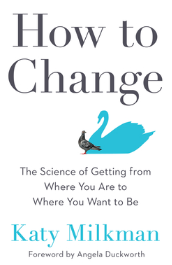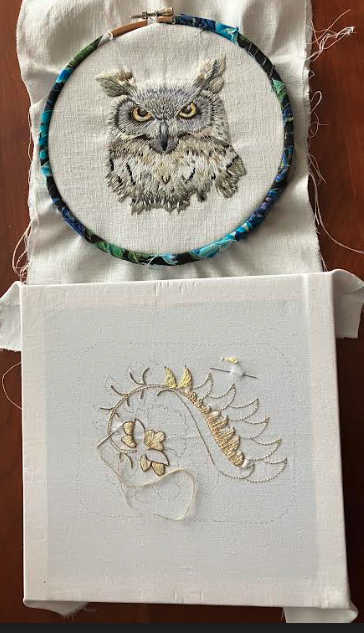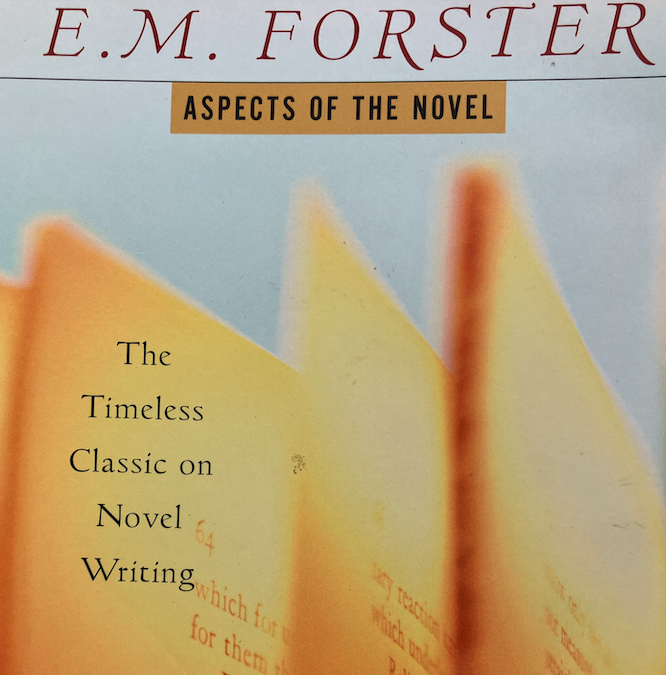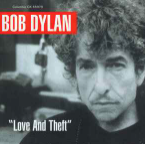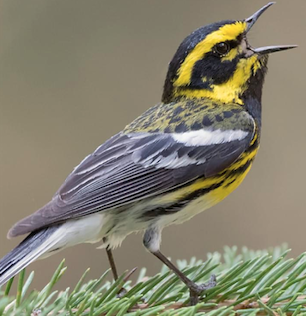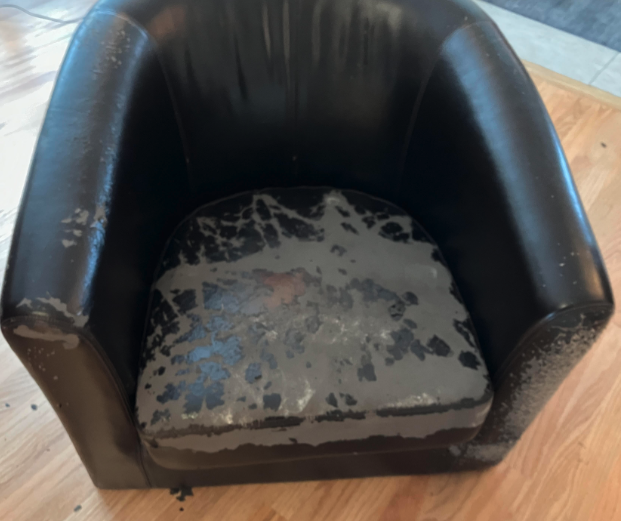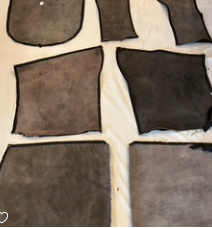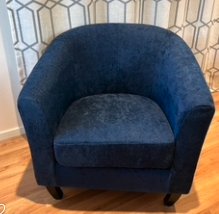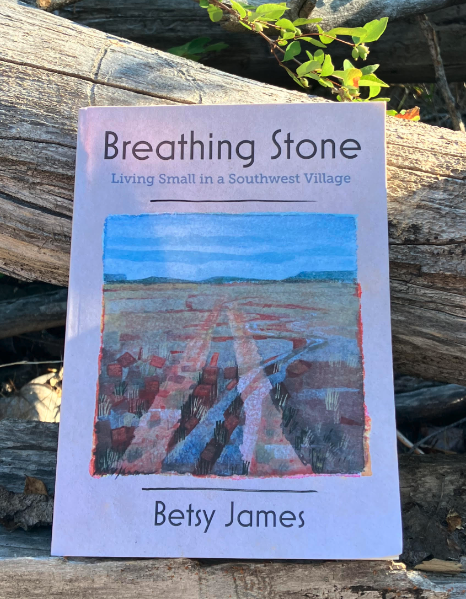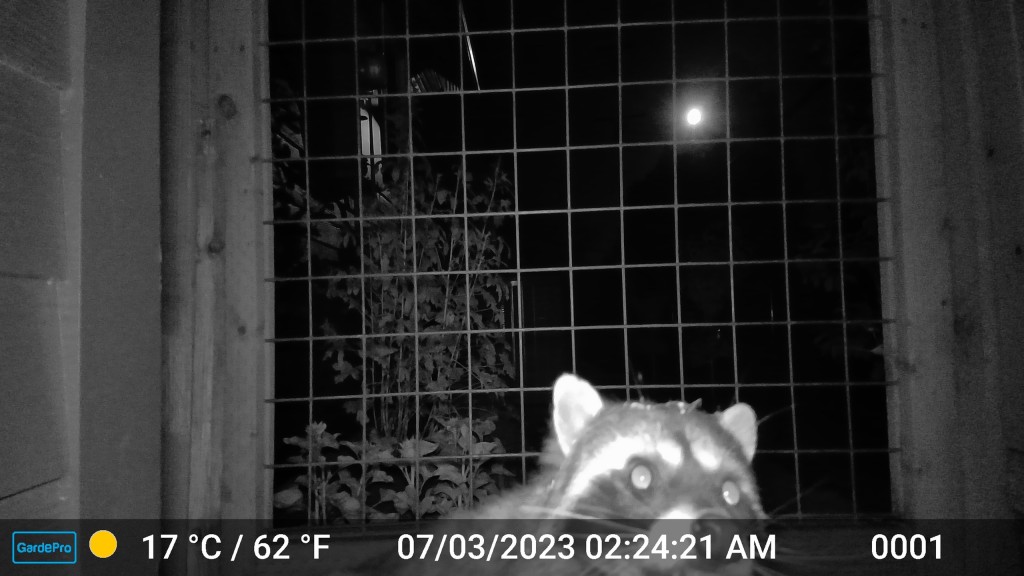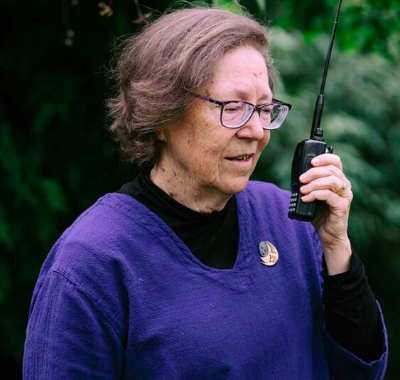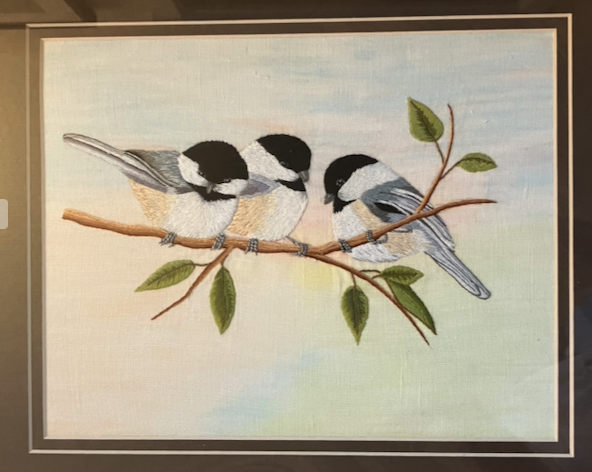Lately I’ve been looking for additional strategies to help me achieve my goals. Over the past 18 months I’ve made two changes, shedding one bad habit and embracing one good habit, thanks in part to author Katy Milkman, who wrote “How to Change.”
What I’ve learned over the past 18 months is that being consistent in maintaining good habits and keeping from reverting to bad ones is a daily kind of business. I have to keep lifting those weights to maintain those muscles, literally and figuratively. And while the suite of strategies in Milkman’s book are good, sometimes I want a bright new thing to try to keep me headed in the direction my best self wants to go.
So I’ve been browsing through other books about change. I’m struck by how many of them promise easy or simple techniques. That has not been my experience at all. A technique may be simple or easy to describe. Actually deploying it, that’s a whole other thing.
To adapt a great line from the film “The Princess Bride:” Change is hard. Anyone who says differently is selling something.
Here are three things I learned from Katy Milkman’s book that have helped me to maintain changes and pursue goals:
- Pairing. Combine a pleasant thing with a less-pleasant one. I used this strategy to help myself study for my ham radio license. I’d place a light tea light below a small bowl of water with an aromatic oil, like rose or lavender, a pleasing ritual to get me started studying something that came hard for me.
- Recording progress. I have a “got done” calendar, a daily record of the number of words written, miles walked, dance classes attended, my weight — whatever I want to keep track of. Tracking, especially my weight, helps me be aware of the impact of my choices. Those calendars are also hugely reassuring when I forget how much I have done to meet goals.
- Understanding my personal barriers to change. It varies, depending on the goal. I have enough experience now with this purposeful effort to change to know that I can often overcome my own inertia. One of my favorite strategies is taken from AA. I don’t have to refrain from (fill in the blank) forever. Just for today.
I don’t have boatloads of willpower, but I have some. And because of Milkman’s book, I have strategies. I don’t think she says anywhere in her work that change is easy. But she does offer hope that it is doable.

